Call it a premonition: One day in March 2020, less than a week before COVID-19 shutdowns began, my husband came home with an espresso machine.
Prior to this acquisition, we’d been a strictly drip-coffee household, and I had something of a toxic relationship with our old 12-cup coffee maker. On days when I worked from home, it was too easy to pour a second cup, or sometimes a third. Occasionally, with a deadline looming, I’d gulp down half a pot by midday — and then spend my afternoon anxiously bouncing from task to task, longing for the sense of focused concentration I’d felt after cup No. 1.
Our espresso machine, on the other hand, encourages a single-serving lifestyle. I’ve found so much satisfaction in the ritual: Weigh the grounds, pull the shot, steam a few ounces of oat milk. It would truly never occur to me to wish for a second cup. As a result, my mornings generally feel calmer and more intentional — and my nervous system is certainly grateful for it.
What would your morning routine look like if you could bring more care and mindfulness to your beverage setup? Perhaps this list of coffee- and tea-related gear can help you find out. Or consider gifting an item or two to the early bird in your life.
Storage Canisters
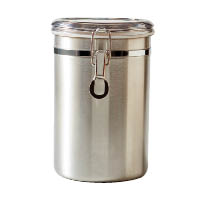 If you’re a coffee lover, you probably already know how important it is to buy quality beans. (For more advice on sourcing good coffee, see “How to Brew a Perfect Cup of Coffee.”) It’s also crucial to store your coffee properly: Because exposure to light or air can diminish the flavor in your beans, it’s best to opt for an opaque, airtight storage container (this is also the ideal storage method for loose-leaf tea).
If you’re a coffee lover, you probably already know how important it is to buy quality beans. (For more advice on sourcing good coffee, see “How to Brew a Perfect Cup of Coffee.”) It’s also crucial to store your coffee properly: Because exposure to light or air can diminish the flavor in your beans, it’s best to opt for an opaque, airtight storage container (this is also the ideal storage method for loose-leaf tea).
If you really want to step up your freshness game, pick a vacuum-sealed canister, which pumps air out of the container and minimizes the oxidation in coffee beans or tea leaves. Don’t store coffee beans in the fridge or freezer: This can introduce moisture and humidity.
Digital Scale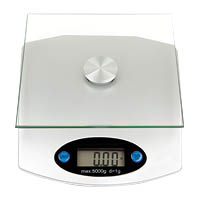
A scale is a useful tool for all manner of kitchen tasks. Whatever brewing device you choose, a scale allows you to achieve the perfect ratio of coffee to water — and to do so consistently, day after day, without any eyeballing or guesswork.
Cold Brewer
All you really need to make your own cold-brew coffee is a container and a filter (and, of course, some ground coffee and water), but true devotees might prefer to have a specific tool for the job. The right choice for you depends on your needs: You can get a compact model for easy storage, or a larger system for cold brewing in bulk. (Make your own in just four simple steps.)
Coffee Grinder
 Some coffee experts believe the grinder is the most important piece of equipment involved in brewing your perfect cup. There are two options for grinding: A blade grinder, which grinds with a small propeller blade similar to a blender; or a burr grinder, which uses two abrasive surfaces (or burrs) to break down the beans.
Some coffee experts believe the grinder is the most important piece of equipment involved in brewing your perfect cup. There are two options for grinding: A blade grinder, which grinds with a small propeller blade similar to a blender; or a burr grinder, which uses two abrasive surfaces (or burrs) to break down the beans.
While blade grinders are often less expensive, burrs will grind the coffee more uniformly — particularly if you’re aiming for a coarser grind, which is preferable for pour-over and French-press preparations.
Stovetop Espresso Maker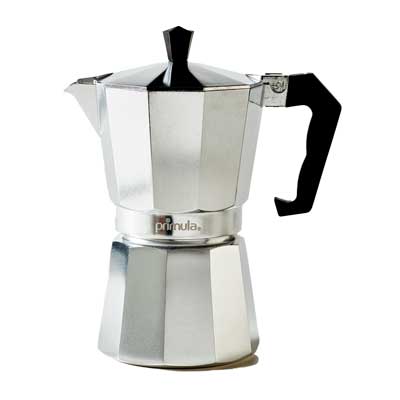
As much as I love my espresso machine, most models tend to be pretty expensive. For a more affordable alternative, consider a stovetop version, which you can fill with water and your favorite coffee grounds to make a strong, smooth shot — or several, if you’re serving a crowd. An added bonus: These little pots are portable, making them great for travel or even camping.
Electric Kettle
Although a stovetop kettle can heat water to a higher temperature, electric models are more energy efficient — and they boil your water faster, giving you more time to enjoy your coffee or tea break. Most shut off automatically once they reach a boil, and many even retain heat for a while.
True coffee or tea aficionados might consider investing in a variable-temperature electric kettle, which allows you to dial in a specific water temperature. Many teas and coffees brew better at temperatures below boiling, and this tool can help you achieve that precise temperature for your perfect cup.
Pour-Over Dripper
For a more manual brewing experience, try the pour-over method. It involves slowly pouring hot water over coffee grounds in a basket with a filter, set over a carafe to hold your coffee. (For a step-by-step tutorial, see “How to Make Pour-Over Coffee.”)
Pour-over is favored among java enthusiasts because every variable is within your control. The equipment is also easier to clean than, say, a French press (see No. 10).
Tea Infuser
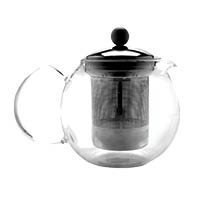 If you want to make enough tea for several cups at once, you might like a large pot with an integral infuser. For single-servings, try a tea-infuser basket, which sits inside your mug while it brews a travel-friendly option.
If you want to make enough tea for several cups at once, you might like a large pot with an integral infuser. For single-servings, try a tea-infuser basket, which sits inside your mug while it brews a travel-friendly option.
Avoid smaller tools like ball strainers, which don’t allow enough space for flavor extraction. (Thirsty for more tea tips? Get some teatime recipes at “7 Hot and Cold Tea Recipes.”)
Milk Frother
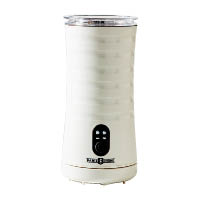 If you like your coffee or tea with a bit of milk (or nondairy milk) — and you don’t want to invest in an espresso machine with a steam wand — consider a frother. Many models have pitchers that can fit enough milk for several drinks at once, and some even allow for temperature control.
If you like your coffee or tea with a bit of milk (or nondairy milk) — and you don’t want to invest in an espresso machine with a steam wand — consider a frother. Many models have pitchers that can fit enough milk for several drinks at once, and some even allow for temperature control.
If you’re low on storage space, you could try a handheld stick frother. You can heat the milk on the stove, then use the frother to get that foamy coffee-shop texture — or skip the heat and make cold foam for your favorite iced beverages.
A frother is also useful for blending powders like collagen, matcha, or adaptogens into your drink. (Not sure which adaptogens to add to your beverage? Try our Evening Ashwagandha Latte.)
French press
 Compared with an automatic machine, a French press offers more control over water temperature and brewing time with a deceptively easy technique. Just pour hot water over ground coffee, let it steep, and then press. (You can also use a French press to make a pot of tea or even a small batch of cold-brew coffee — give it a try with my recipe at “How to Make Cold Brew.”)
Compared with an automatic machine, a French press offers more control over water temperature and brewing time with a deceptively easy technique. Just pour hot water over ground coffee, let it steep, and then press. (You can also use a French press to make a pot of tea or even a small batch of cold-brew coffee — give it a try with my recipe at “How to Make Cold Brew.”)
The metal filter in a French press allows the natural oils from the coffee beans to pass through, which gives your coffee more body and richness than methods that require a paper filter. The downside? They’re kind of a pain to clean. (Tip: Unscrew and separate the filter components as you wash for a more thorough clean and a quicker dry.)
This article originally appeared as “Fill Your Morning Cup” in the November/December 2023 issue.
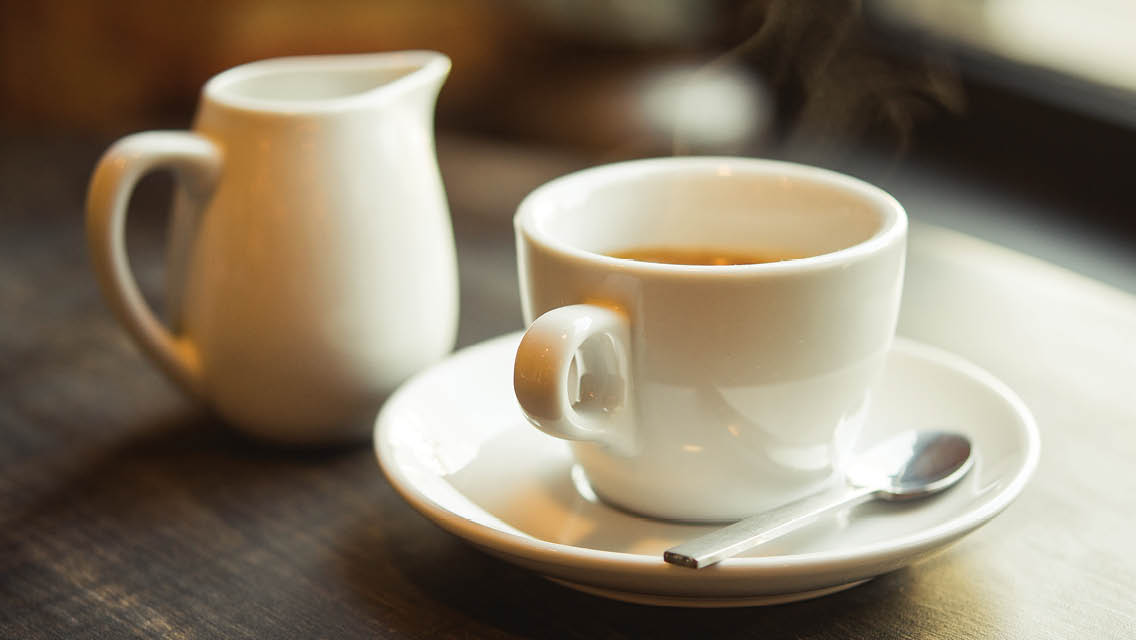

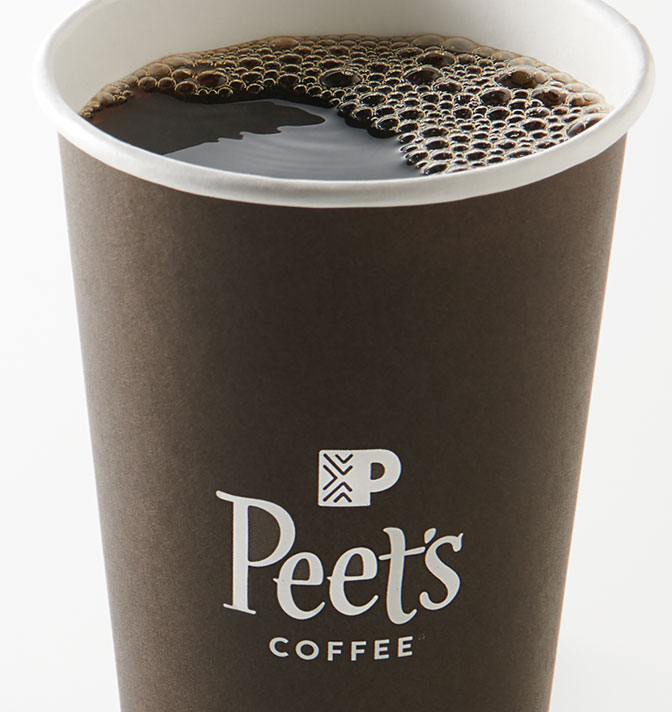
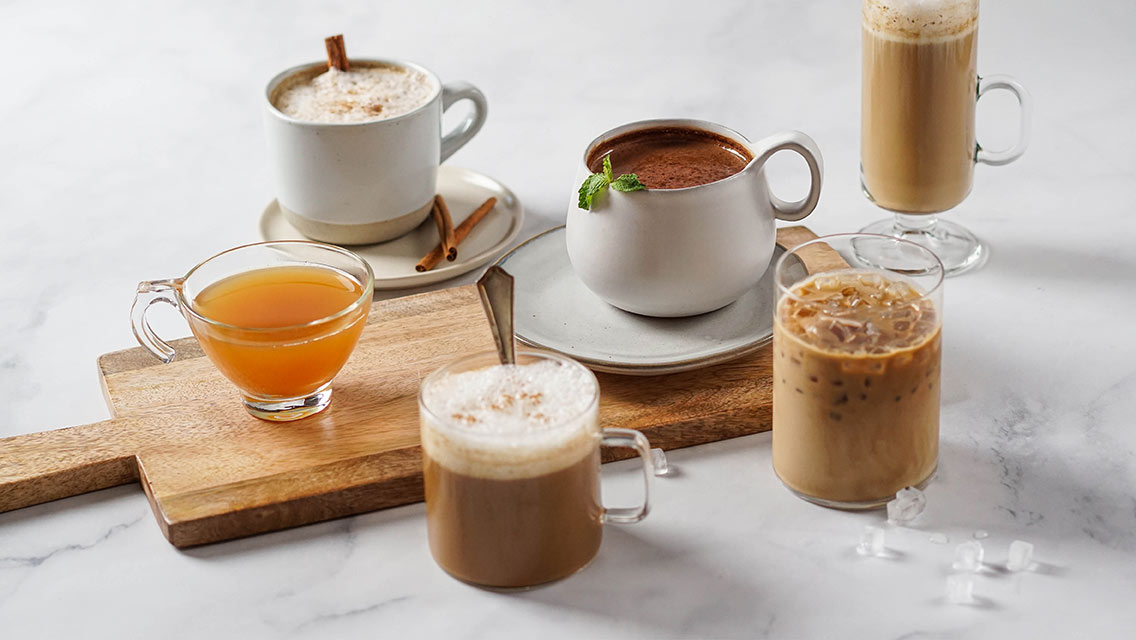

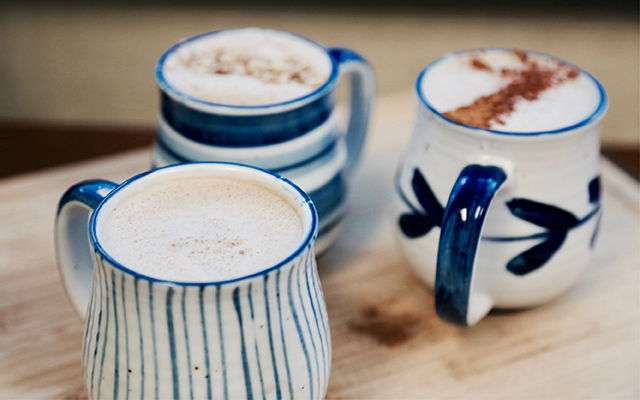
This Post Has 0 Comments